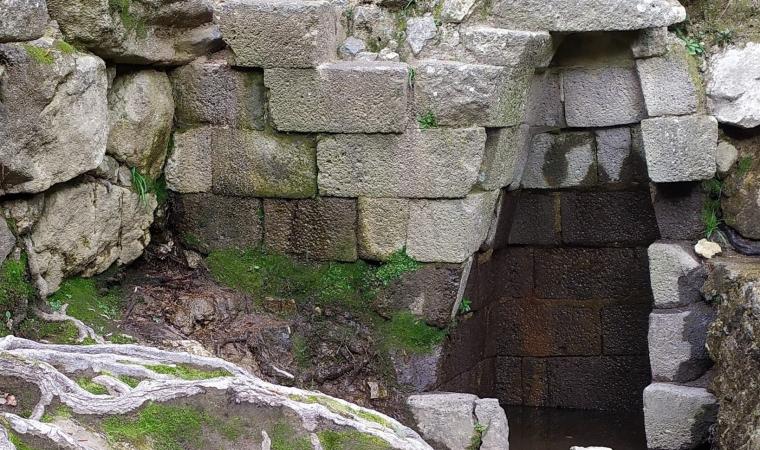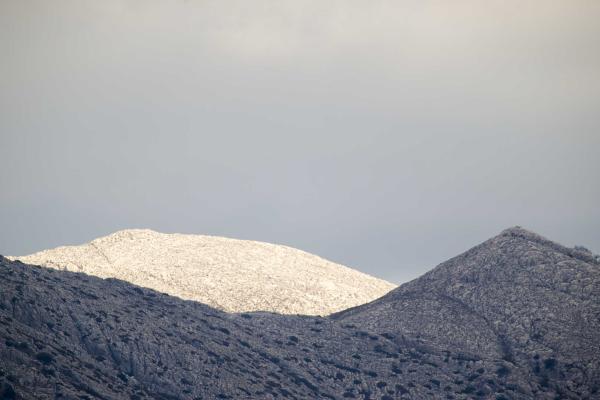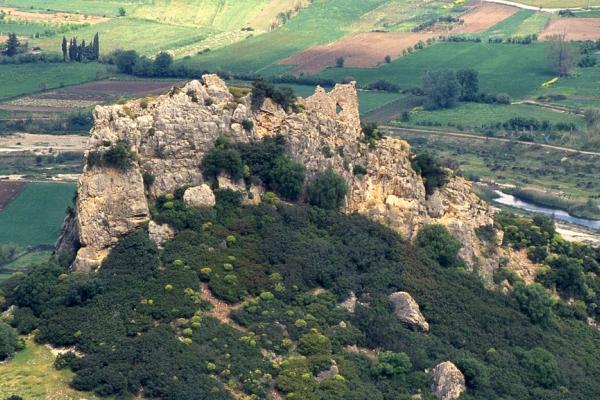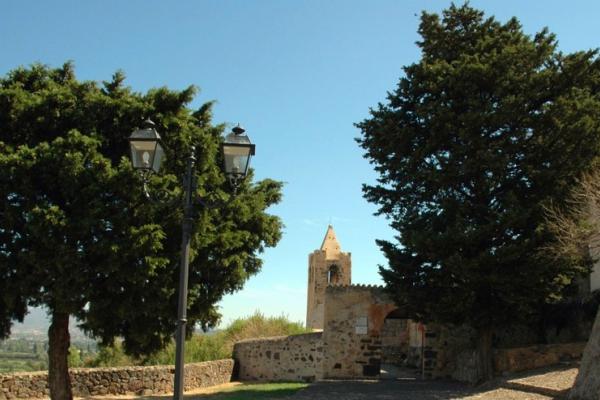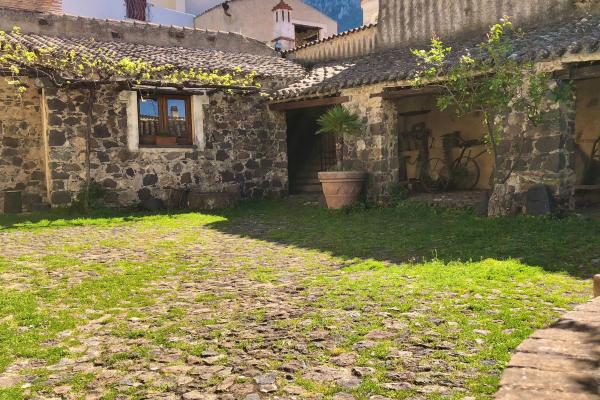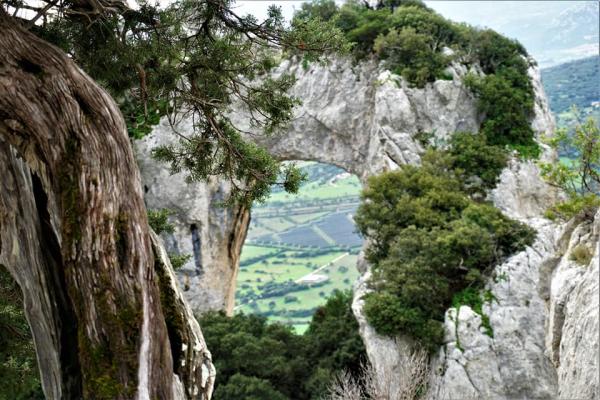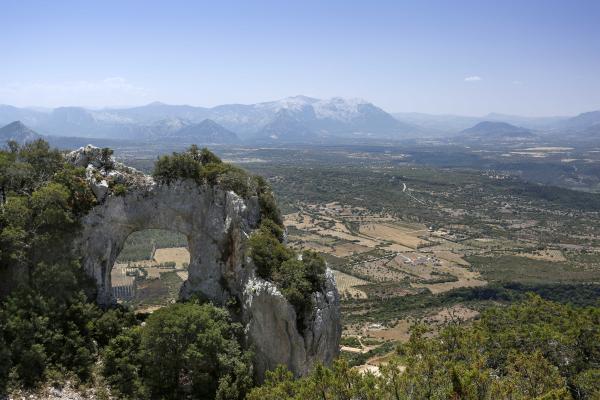Clinging to a mountainous ridge, they have characterised the area for thousands of years and have consecrated it to the worship of the waters: a temple, a sacred font and other mysterious buildings in which the Nuragic people performed their mysterious rituals and affirmed their territorial dominion. The temple of Janna ‘e Pruna and the nearby sacred well of su Notante stand on the granite peak of mount Senes, in the territory of Irgoli, exactly in the pass that gave its name to the temple and that was already a strategic point of passage from the coast to the hinterland in prehistoric times, connecting the valleys of riu Siniscola and Cedrino. The landscape here, at an altitude of almost 600 metres above sea level, is enchanting: to the south-west the view dominates the valley of the stream of Remulis in southern Baronia until you see the Supramonte and Gennargentu.

Nuragic or pre-Nuragic archaeology
Three thousand years ago, the worship of the waters was celebrated here. Today it is an archaeological park nestled in the Baronia landscape, in central-eastern Sardinia
Three thousand years ago, the worship of the waters was celebrated here. Today it is an archaeological park nestled in the Baronia landscape, in central-eastern Sardinia
See this place because...
You can admire an evocative sacred Nuragic area, amidst granite rocks, woods and streams, near a town rich in traditions and evidence of the past
Pictures and videos
Ti piace questo luogo? Orosei e San Teodoro potrebbero essere la tua meta ideale.



